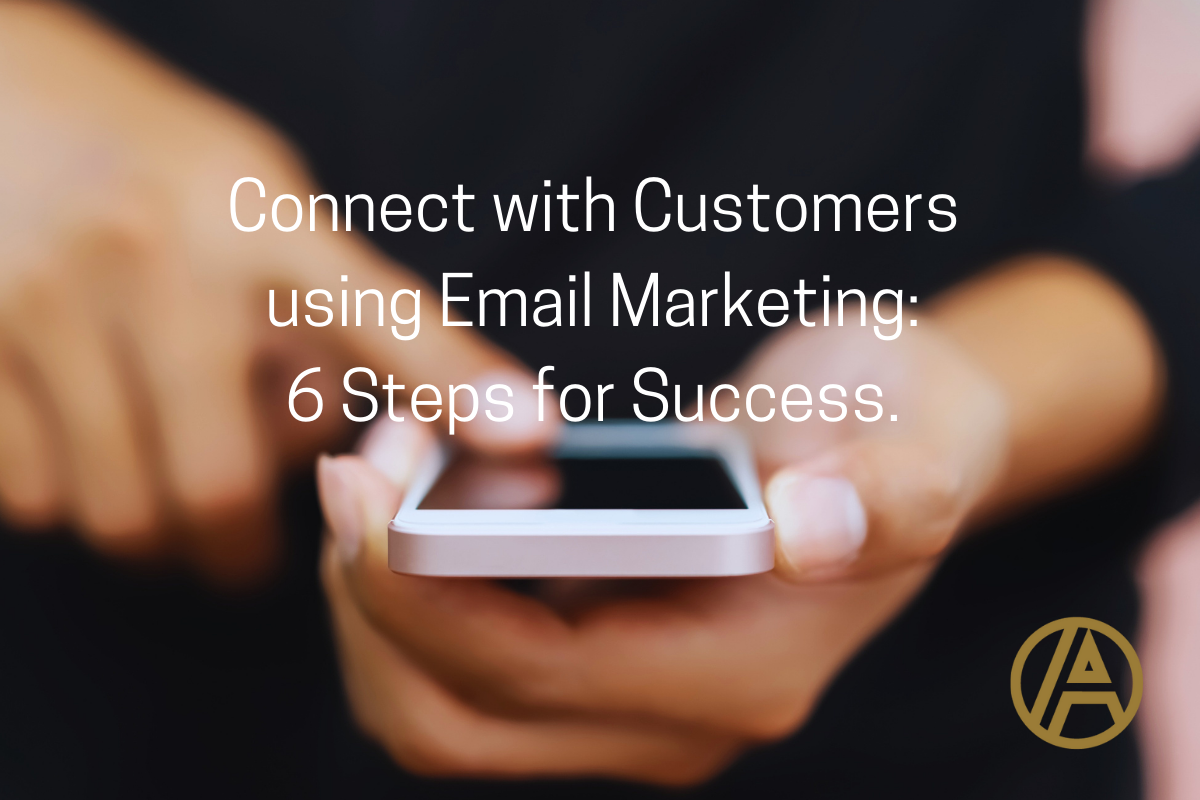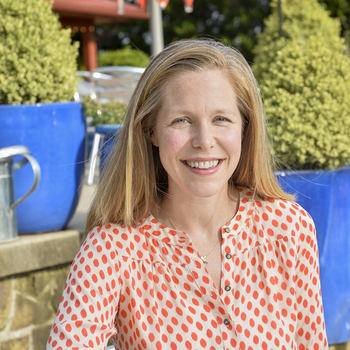It may seem a bit “old-school,” but email marketing is actually one of the most popular and effective ways to connect with customers!
Research shows that an email marketing campaign has a higher ROI than other marketing platforms (such as social media.) Specifically, $42 for every $1 spent!
Why?
Using email marketing creates a direct line of communication with your audience. You’re connecting with a place that they visit every day: their inbox!
LET’S DISCUSS YOUR DIGITAL MARKETING STRATEGY
Additional Facts for Thought
Let’s start with a few facts to create a framework of understanding.
Did you know:
- Over half of the world’s population uses email according to this report by Radicati in 2020? That’s over 4 billion people, and that number is only expected to grow! Think of this medium as an opportunity to grow your business...globally!
- 80% of professionals say they use email to grow and retain business.
- Think about how often you open your emails in a day. At least more than once, right? Email marketing helps you connect with your customers - fast. In fact, Marketing Charts shares that over 23% of emails are opened in the first hour of delivery into your inbox. That may seem like a small stat compared to the others we’re sharing...but if you’re getting that kind of click-rate with a significant percentage of your emails, your connection remains high.
- 61% of customers say they actually enjoy receiving weekly email communications from brands they trust (and some would even like to receive them more often!)
Creating a Successful Email Marketing Campaign
A successful email marketing campaign will achieve these key goals:
- Get more leads which convert to sales
- Welcome, connect and engage with your audience
- Encourage your audience to take action
- Segment subscribers to create more targeted emails
Starting a successful email campaign takes a few key steps. Once you get the framework and assign your weekly email blasts to your marketing calendar, you’ll create a routine that’s manageable for your business, plus you’ll be maintaining consistent communications with your audience.
Let’s dive into how to get started:
Step 1: Build a Targeted Email List
Create a list of qualified leads who might be (or who already have shown) interest in your website. One of the most effective ways to do this is to capture website visitors and turn them into subscribers. We recommend exit-intent popups. This is a popup that predicts user behavior with the intent to grab a viewer just before they leave your website. A successful popup would:
- Hold the viewer’s attention
- Offer an incentive, coupon or ad-value in some way
- Capture their name + email for your database
Step 2: Know Thy Audience
At ALINE, one of the most important things we do for our clients is a deep dive into who they are as a brand and what their company is all about. We also seek to fully understand the target audience that they are reaching out to. Knowledge of these two areas is invaluable on so many levels for any marketing strategy.
If you are conducting your own email marketing campaign, you’ll want to do the same for your clients. By learning more about the trends, analytics and characteristics of your customers, you’ll be better able to speak to them. Get to know the following about potential leads and existing customers:
- Collect and review data from Google Analytics, as well as from your social media platforms.
- Paying attention to reviews, feedback, and comments on your Google My Business page can tell you a lot about what your customers are looking for.
- You know your brand the best, so ask yourself what products are selling well, and why? What incentives or promotions have worked? What are the personality types of your customers? Your goal is to identify patterns to better predict their needs and behaviors.
Step 3: Email Marketing Services
When looking for an email marketing service, choose one with features that help streamline your experience by using templates, layouts, and workflows and quality design elements. A few services that we like are Mailchimp, HubSpot and Constant Contact. Not sure what service might be a good fit for you? The ALINE team is happy to have a conversation to discuss pros and cons of each!
Make sure that the service also integrates with your existing software.
Finally, ensure that you’re able to receive feedback on how your campaign performed after the fact.
Step 4: Plan Your Emails
So far you’ve set up goals, created an email list, researched your audience, and identified a service for sharing your emails.
Now it’s time to schedule the frequency of your emails.
A good place to start is sending emails twice a month and then move frequency up to weekly. If you’re sharing loads of juicy content, incentives, offers or promotions, you might even want to schedule these as often as two to three times per week.
Step 5: Start Writing
Grabbing your audience straight out of the gate is important. Just like any headline, you get a lot of bang for your buck with how you position your email. Let your headline share what your audience can expect to gain by opening up your email.
Don’t forget to add personalization, and avoid spam trigger words.
Next start writing your copy. Just like your headline, you’ll want to grab your audience early (and leave your pitch for later).
Again, connect with your subscribers by using their first name.
Next, start writing! A few ideas for copy ideas include:
- Sharing a personal story. Did something small happen in the company last week that reflects your brand mission, goal or values? Is there a story that you could share that inspired the creation of your business? Just like any good storyteller uses personal experiences to illustrate a point, the same can be said for connecting with your audience through email.
- Add Value for your Readers. What’s trending that you could shine a light of expertise on? What conversations are happening in your industry or community that relate to your business? What needs are you seeing customers discuss on your Google My Business page that you could highlight? Whether it's content or info that you share as a resource, adding value to your audience can doubly create a connection with them.
- Latest Events and Happenings. Share photos and videos of recent events, and use this opportunity to also highlight what’s coming up. Create a graphic that highlights seasonal or quarterly happenings, and embed links for RSVP’s. Hosting a virtual webinar or perhaps a guest speaker is coming to your shop? This is the perfect opportunity to share!
- Survey Says! People love weighing in with their own opinions. Take a poll or offer a trivia question related to your brand or industry. Making it fun will further engage with your audience. Don’t forget to share the results in the next email.
Before you close out your email copy, make sure to include a Call to Action (CTA). This is the actionable step that you want your audience to take when they’ve finished reading.
Do you want them to participate in an upcoming event or webinar? Ask them!
Hope that they will share this with a friend? Ask them!
Want them to use the latest promo code you’re sharing for your Saturday sale? Just ask!
CTA’s should be the one of the last things you share with your audience, because you want that sticky-factor. You’ve added the value...now it’s time for the ask!
Step 6: Analyze Everything
You can’t over-analyze your email marketing campaign results.
Sending out your first email not only will give you the framework (and the confidence) to keep going...it will also start to bring in a treasure trove of analytics from which to improve your emails in the future.
Your email marketing service will allow you to monitor all aspects of your campaign. You’ll want to pay attention to everything from design, copy, CTA’s, email send times, and even down to details like how many people “unsubscribe” can help you optimize emails going forward.
With feedback like the above, you’ll be well on your way to creating a robust and successful email campaign.
NEED HELP GETTING STARTED?
We hope these ideas help shape your email strategy. Want to chat more with our team at ALINE about your digital marketing strategy? Don’t hesitate to reach out!


 Carolyn Baughman
Carolyn Baughman